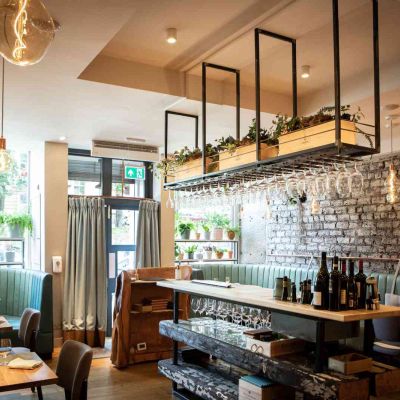Serving Up Sustainability
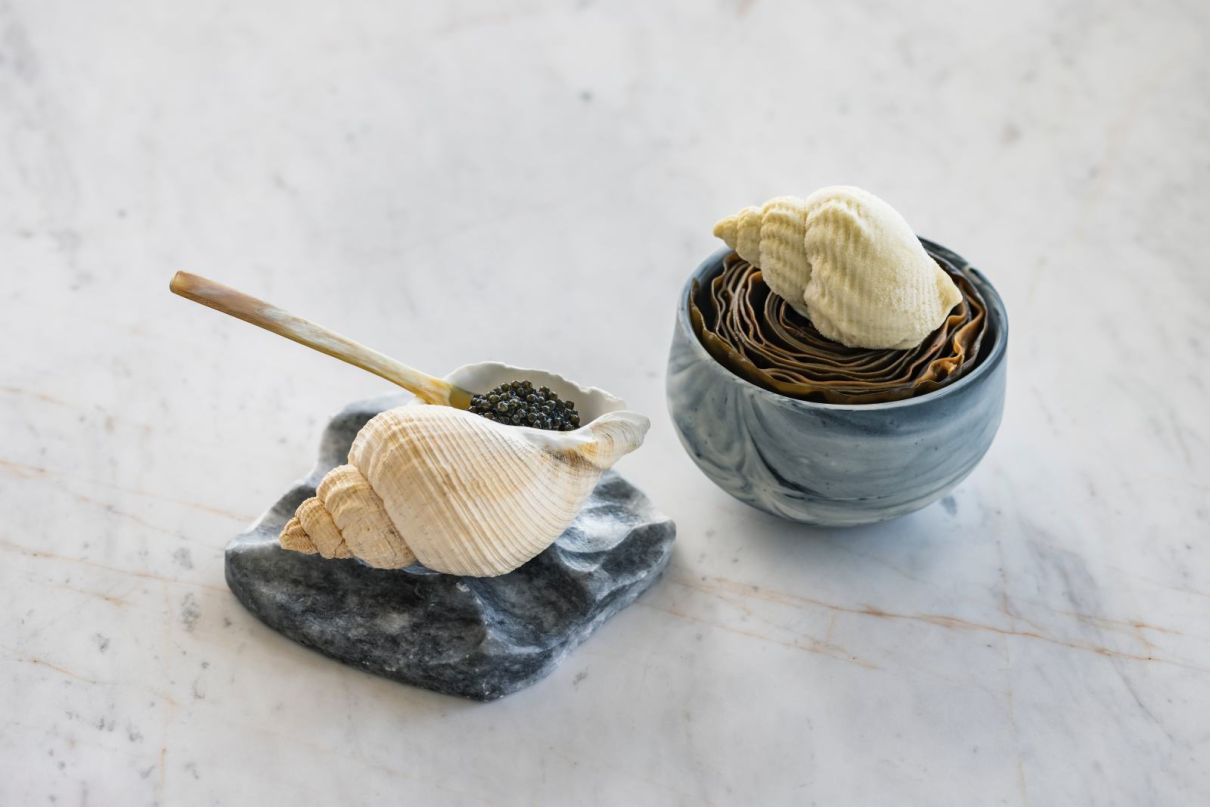
A new breed of restaurant is forming enduring bonds with local producers and landscapes.
Delta restaurant, Athens, Greece
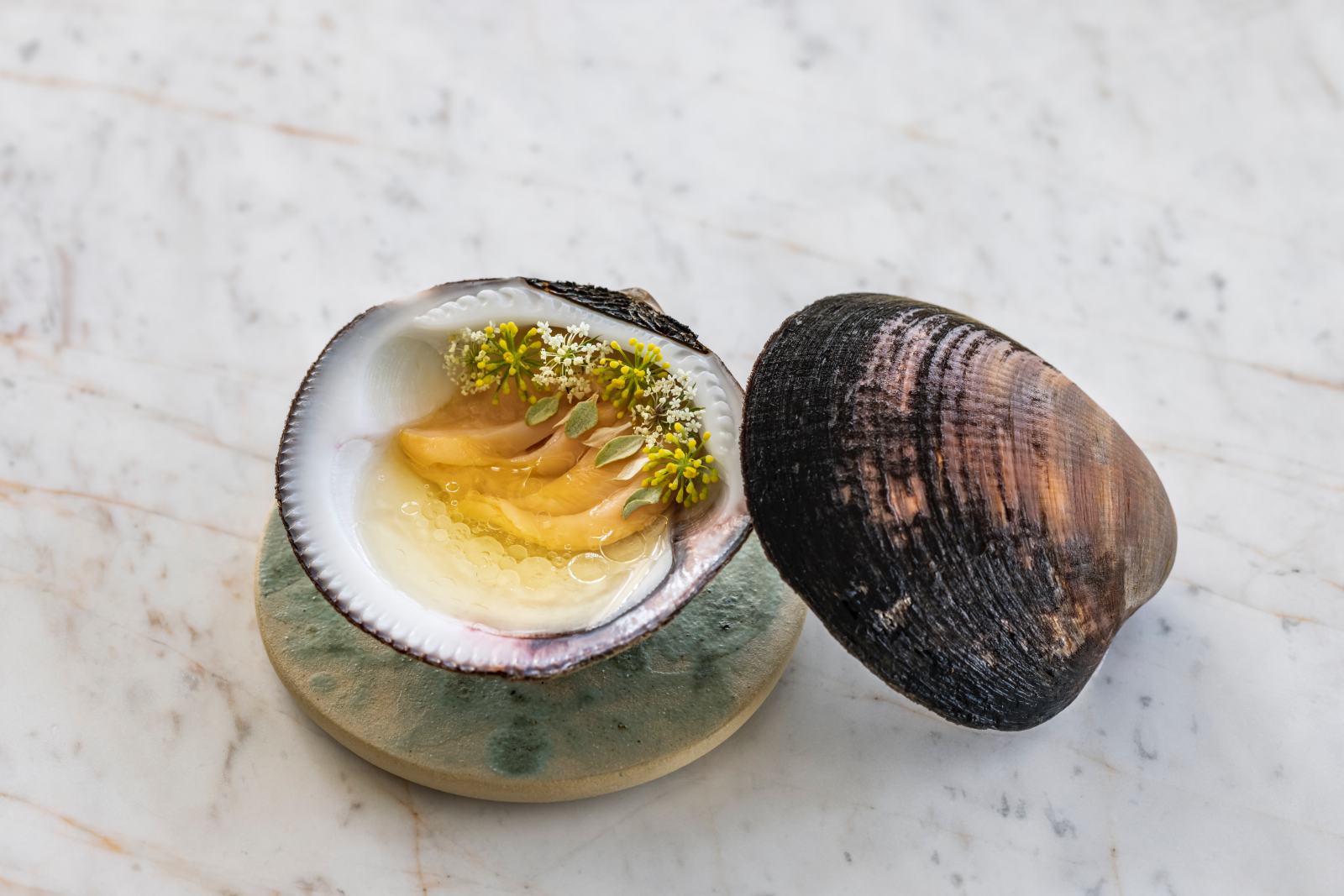
At the Stavros Niarchos Cultural Foundation in Athens, head chefs Thanos Feskos and George Papazacharias are running a new experiment with Greek cuisine and local produce. Feskos previously worked as assistant head chef at Geranium, Copenhagen, while Papazacharias led teams at Oslo’s three Michelin star Maaemo and Under restaurant in southern Norway. Embracing a farm-to-table approach, they now reach for the stars in Athens. In praise of their culture, they have engineered a 17-course menu following a ‘nothing lost, nothing wasted’ philosophy. Running their own farm, they respect natural resources, unearth old ingredients and recipes, collaborate with small producers from all over Greece and favour authentic, original, and uncommon ingredients. One is mesmerised by a raw shrimp whose head has been sculpted out of carrot, filled with aromas of fermented clementine and cream of shrimp liver. It sounds a bit complex but, on the plate, it is simple, fun and incredibly tasty. Next, comes what seems like an urchin, but turns out to be a shell moulded out of potato filled with fish roe, sea buckthorn and old roses. Cooking at a stellar level, the chefs have learnt one thing, namely “how important each and every ingredient is, no matter how humble: from a lobster to a potato or a flower”.
La Table de Castigno, Assignan, France
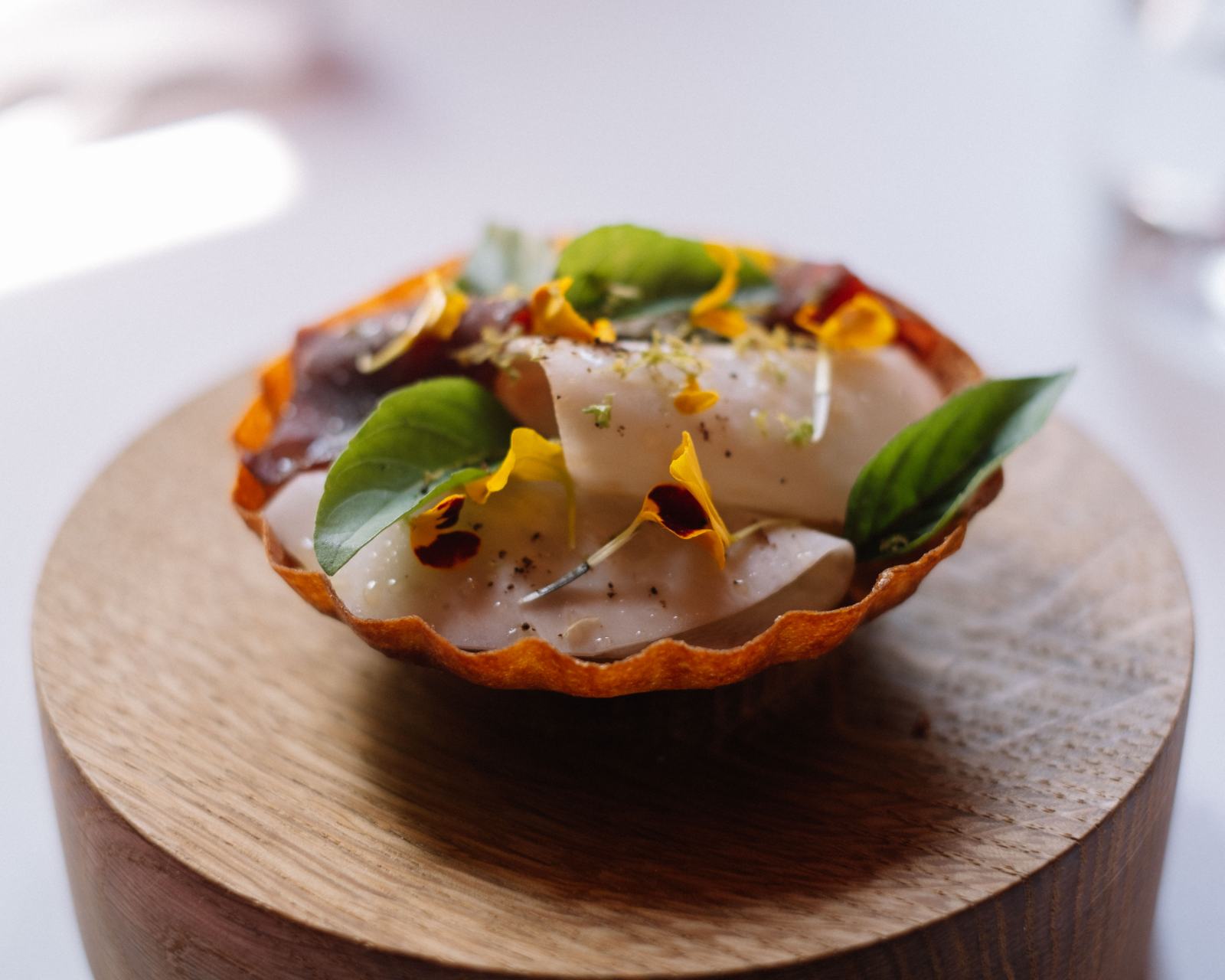
A seasonal tartlet (c) La Table de Castigno
Chef Stephan Paroche is an outsider and a man of convictions, cooking with his wife Justine Viano. Originally from the Alpes-de-Hautes-Provence, Paroche won ‘green’ Michelin stars everywhere before taking several trips to Asia with Viano. With the pandemic, they came back to Château Castigno in the charming village of Assignan in the south of France. In this 30-hectare domain, they live in contact with vineyards (the domain has its own winery, which has produced organic wines since 2007). From the entrance, one stumbles across an incredible line-up of homemade kombucha jars, colourful vinegars, fish sauce in the making and pickled fruits and vegetables. “After travelling in Asia, it felt quite natural to use it in our cuisine in countless ways. It is part of our ethos to use, preserve and care for the great produce as much as we can,” Paroche explains. “Why would you want to serve asparagus in the middle of winter, systematically use truffle or want to be known for a signature dish? It is simply not possible if you follow natural cycles and seasons,” he adds. Working hand in hand with local producers, Paroche is teaming up with a local vegetable grower. “He provided us with 100 incredible mini-kohlrabi from which I imagined a starter. He is transforming some of our gardens for us so we can partly rely on our own fruits and vegetables,” the chef explains. The mini-kohlrabi was stuffed with a rice-vinegar sorbet. There was also a local avocado cream; mussels and clams tacos; a chickpea and anchovy delicacy served with a creamy dashi broth; local caviar; and a simple green asparagus with goat cheese. In this rich terroir, the duo is also looking at 500 olive trees to make their own olive oil. For now, Paroche and Viano produce their own honey, craft their own bread using a local flour made from grape waste (from the wine industry), and invent miso recipes from local rice, lentils or chickpeas.
BAHR, Lisbon, Portugal
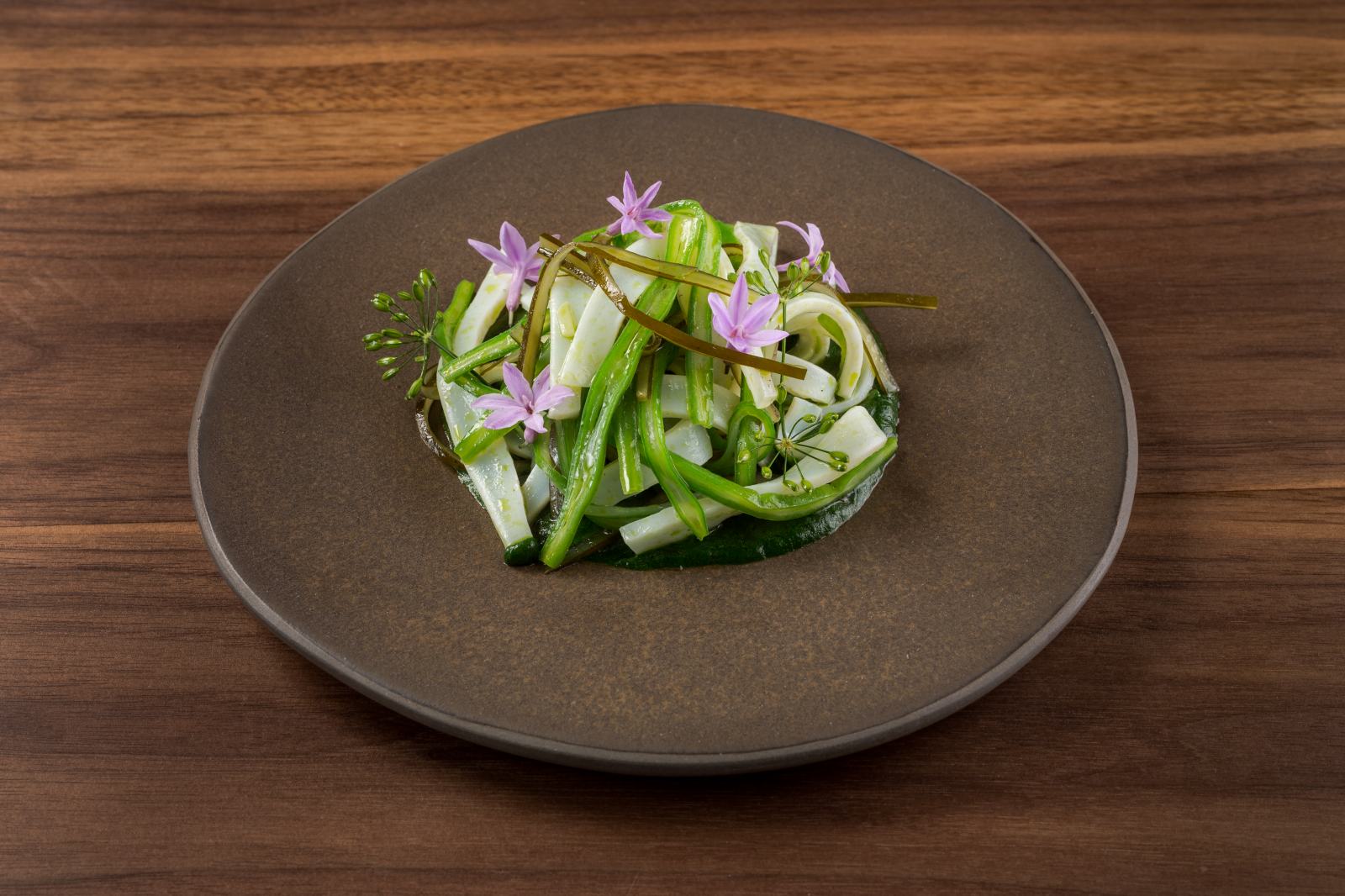
He is the world’s most famous Portuguese chef but it took Nuno Mendes 25 years to open a restaurant in his hometown of Lisbon. Trained in El Bulli, he thrived in New York and California, before settling in London, where he ran The Loft Project and Viajante and took over the Chiltern Firehouse cuisines. Cooking for the Portuguese, he admits, will be a challenge, as their palates are hard to impress but Mendes is thrilled to be contributing to Lisbon’s gastronomic scene. Rich and locavore, it is bubbling with audacity, a melting pot of Portuguese, Latin American, Brazilian and African flavours. He has imagined local dishes that come as a surprise: starting with a celery and flower samosa as a snack; add a generous loaf of homemade bread served with Azores butter; continue with an incredible starter of grilled squid, runner beans, turnip tops and seaweed coiled up like a pasta dish; reach the summit with a fresh cod fish, a nod to the traditional bacalao, salty oats porridge and razor clams; or giant squid from the Azores caught the very same day. “The freshness of the local seafood is simply unbeatable,” says Mendes. The diner finishes off with a dessert of fennel, miso, Italian meringue and apple granita.






